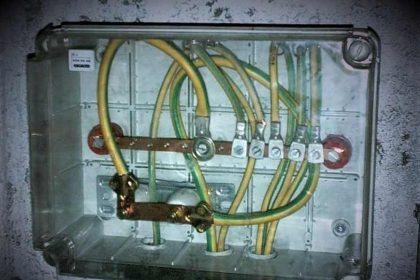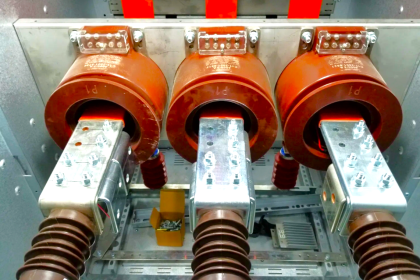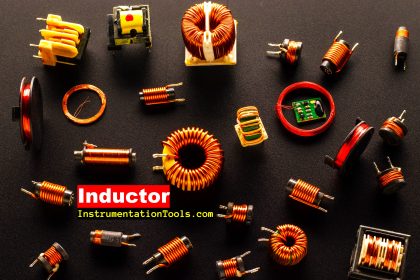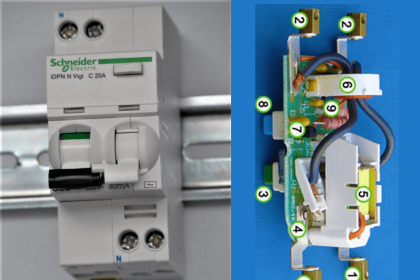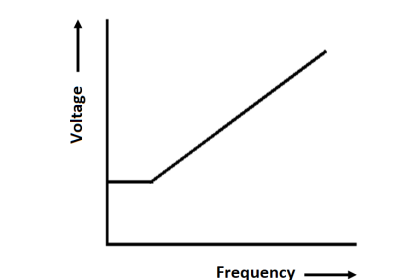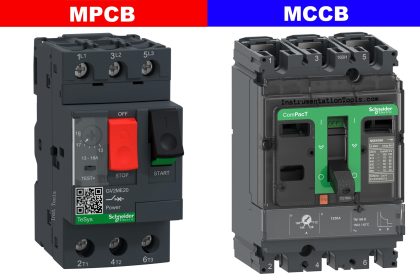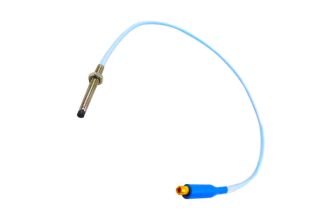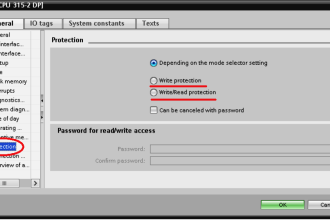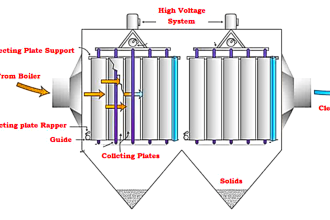In this post, we will see the concept of transformer bushing.
A transformer is a device that is used to step up or step down a voltage, depending upon the requirements. The transformer is required in the power transmission and generation stage, due to the high voltages involved.
Because the transformer deals in very high voltages, it is also necessary to take care that it functions properly without any leakage or damage.
Now, it is to be noted that a transformer has a very important component to help it function properly; which is its bushing. Without a bushing, it is not possible to operate a transformer in any high-voltage condition (typically in KV).
What is Transformer Bushing?
A bushing is an electrical insulator that allows the safe passage of electrical conductor current. It is similar to any insulator which surrounds a conductor, to help it prevent from making any untoward incident.
A transformer has two windings – primary and secondary (HV and LV). It makes the connection with external wires to conduct electricity. Though there is also LV involved in the transformer, it is not that too low which is negligible.
When a current passes through a conductor, it creates an electromagnetic field around it. So, the higher the current and voltage involved, the higher is the field generated.
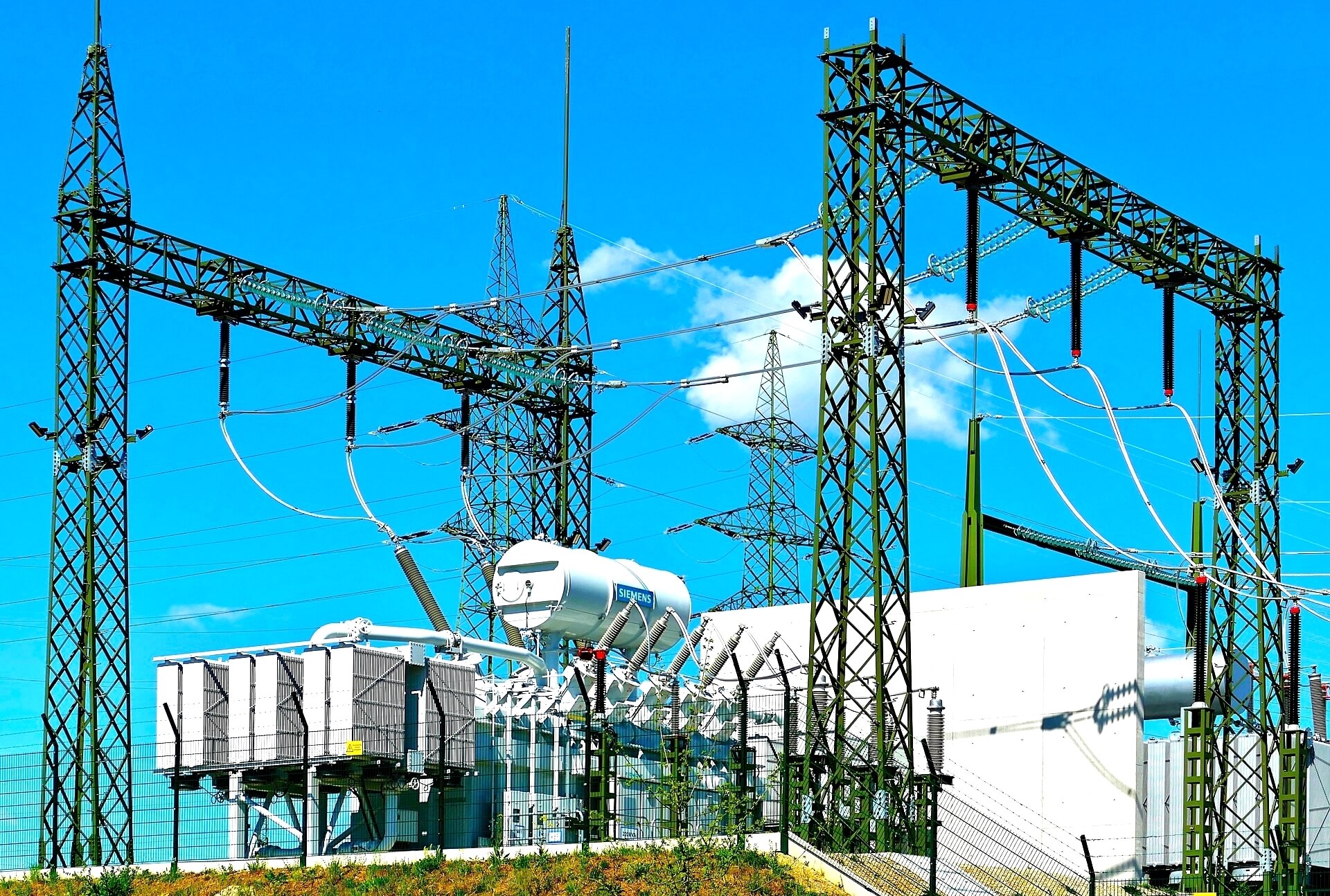
Coming to the transformer, the current around the windings (means outside transformer case) is so strong, that it can ionize the insulator outside (air, gas, or vacuum) and make it conductive.
If the insulator’s dielectric strength is broken, then it will start conducting and once an insulator becomes conductive, it can either pass leakage current or even create a short circuit below the ground.
This will be very harmful to the transformer due to its proximity to it, which can even damage the transformer. To protect the transformer body from it, the bushing is used before and after the windings immediately.
Working Principle of Transformer Bushing
A bushing has many components, but we will not see all of them. We will have a general look at the main working theory. It majorly consists of an insulated body, which has the conductor going inside through it.
The insulation is normally made of porcelain or capacitance-graded material (because it increases dielectric strength). Between the insulation body and conductor is a void space. This space is filled with electrical-grade mineral oil, which has excellent insulation properties. This prevents direct contact between the insulator and the conductor.
Porcelain is used because it handles a lot of electrical stress. The same theory goes with capacitance-graded material. Because high voltage stress can break low-grade insulation very easily, it is important to use this type of material. Also, they have great mechanical strength, which increases the lifetime of the bushing.
The oil is filled properly in proportion to the transformer tank level and insulated body level. When the current starts to flow from the conductor, due to the presence of such insulation around it, it is confined inside the conductor’s body only. Voltage flows to and fro directly between windings inside and the external wires carrying the current. This avoids any contact with the outside environment, and thus prevents the transformer body from any untoward incident.
The bushing controls the shape and intensity of the electric field and hence reduces the electrical forces on the insulating material. The bushings can thus be easily used for higher voltages (starting from 11KV and can go above 33KV too).
In this way, we saw the general concept of transformer bushing.
If you liked this article, then please subscribe to our YouTube Channel for Electrical, Electronics, Instrumentation, PLC, and SCADA video tutorials.
You can also follow us on Facebook and Twitter to receive daily updates.
Read Next:
- Basics of Electrical Transformer
- Routine Tests of Transformer
- Importance of Neutral Wire
- Power and Instrument Cables
- What Happens Pump Runs Dry?

